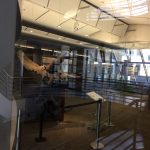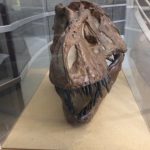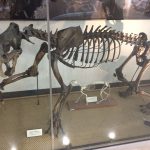Another year, another round of summer camps! This time, we were once again working with Hwa Chong International School to bring their students for the UC Berkeley Experience. Based on the positive feedback from other students who have been on the program, we had a record number of students attending this year – 27 in all. Just like in 2017, it would be a short program of just one week at the university, followed by some sightseeing and visiting of other tourist attractions in the Bay Area. And just like last year, the academic portion of our USA Summer Camp, as requested by the school, would focus on bioengineering.
We hit the ground running, with the bioengineering workshop being the very first activity for the students upon their arrival on campus. As it was the graduate student group that played host to us on the first day, the students were exposed to some quite interesting activities. First off, they were treated to a tour of some of the bioengineering labs at the university. The students were shown first hand some of the work that the graduate students were doing, as well as the experiments that were being conducted. Whenever possible, the students were also invited to have a go with the equipment to give them some hands-on experience. This was a really cool outing for the students, because they got to see some cutting edge equipment, and also to see what are some of the things they could be doing at the university level if they ever chose to venture down this academic path.
After all the touring, it was time to get their hands dirty, and the graduate students led us in a simple experiment that put us all close in touch with the building blocks of our human biology – extracting DNA, not from a human, but from strawberries. We learned that strawberries are used for this experiment because they are an excellent source for extracting DNA: easy to pulverize, and they have eight copies of each chromosome so there is a lot of DNA to isolate.
I won’t go into the details of the process, but here’s an example of what students got from this experiment:
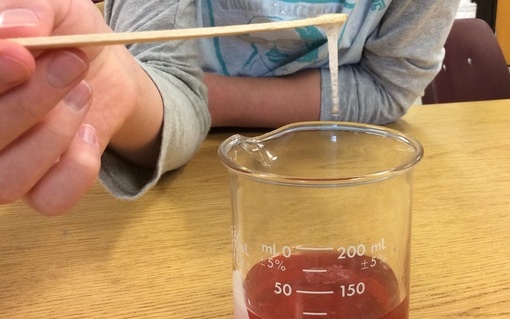
It was fun, relatively simple, and I think hardly any of the students were expecting to actually be able to see the strawberry DNA with their naked eye. Most of them were expecting that you would need to put the solution under a microscope to actually be able to see the DNA.
In addition to working on this experiment, the graduate students all offered their time in a Q&A session, which allowed the Hwa Chong International students the chance to ask any questions they had, whether it was something specific to bioengineering, or whether it was something general about studying in UC Berkeley or even in the United States. All in all, the students had a great time and took away a lot from the interaction session with our gracious hosts.
After a break for lunch, where students had the opportunity to explore some of the favorite lunch spots of Berkeley students, we had the opportunity to walk off all the calories we had just consumed – it was time for the campus tour. There is a lot ot take in at the university, but here are some of the highlights:
Sather Tower
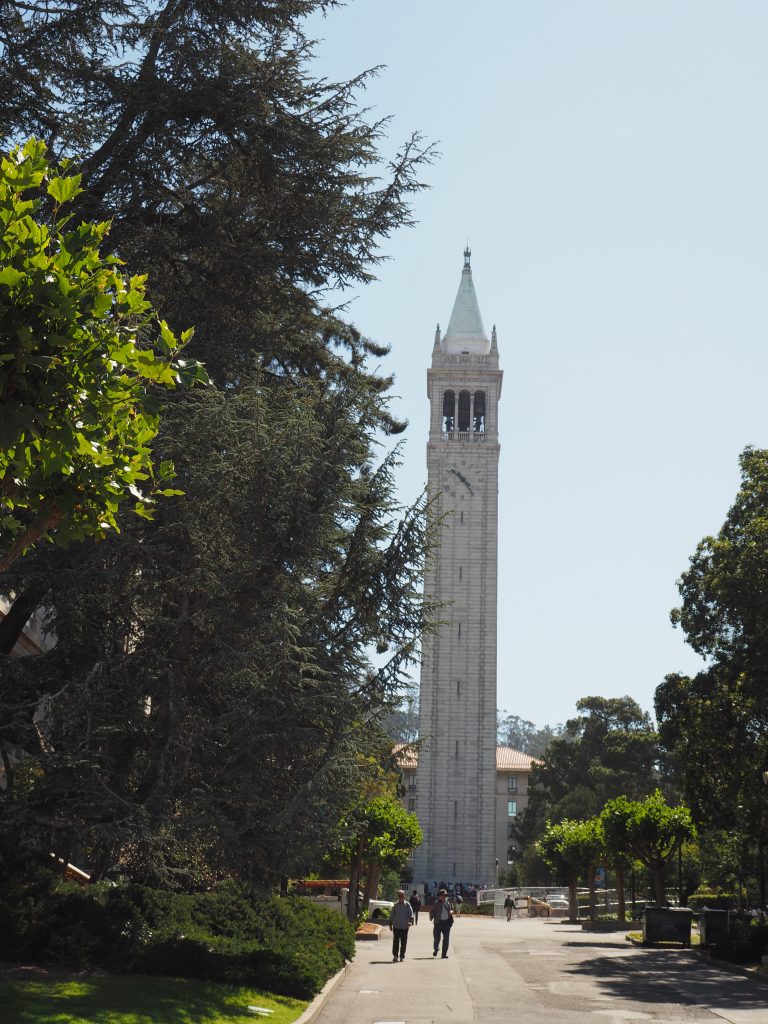
Sather Tower, also known as the Campanile, is the third-tallest bell and clock tower in the world standing at 307 ft. It is also one of the most seismically sound buildings on campus, which is why a lot of dinosaur fossils are stored there as well.
Paleontology Museum
Speaking of fossils, there is a paleontology museum right on campus which features the fossils of a T-Rex and several other prehistoric animals. This is always a crowd favorite, and draws a lot of “oohs” and “aahs” as well as eager shutterbugs.
Faculty Glade
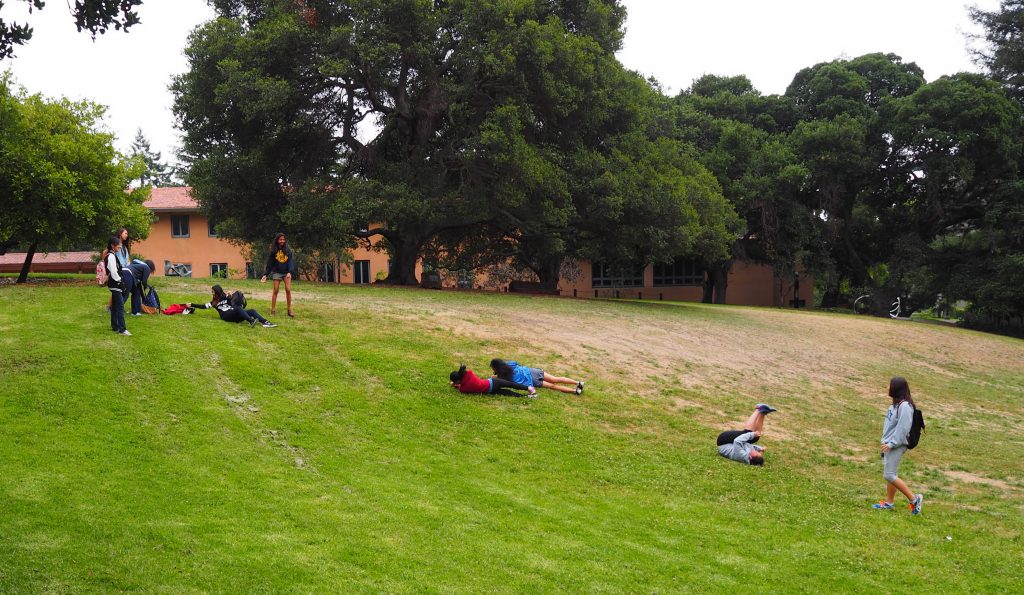
At Berkeley, one of the most famous traditions involves rolling down a hill just outside the faculty club, known as Faculty Glade, in the belief that this will gives students good grades. The legend goes that long ago, students who wanted to petition their professors for better grades would try to get their professors’ attention by standing on the hill and shouting at them while they dined at the faculty club. Most likely, some students who were less careful must have taken a tumble, which is probably what inspired the legend.
On the topic of professors, UC Berkeley is curently home to 7 winners of the Nobel Prize, with many others having worked at the university throughout it’s 150-year history. One of the perks (and tourist attractions) are the parking lots that are reserved for winners of the prestigious prize:

I kid you not. The Berkeley campus is not especially large, and there are only limited parking spaces available on campus. Some professors joke that this special parking pass is even more valuable than the prize itself and the accompanying prize money. When I was a student at UC Berkeley, economics professor George Akerlof won the prize, and when he was presented with a small box as a gift, he commented that this must be his parking pass.
The last stop on our campus tour was the imposing Memorial Stadium, home to the university’s football team. We were given a special behind the scenes tour of the stadium by the athletic department, giving us the rare and unique opportunity to see the stadium from a perspective that even many full-time students at the university do not enjoy:
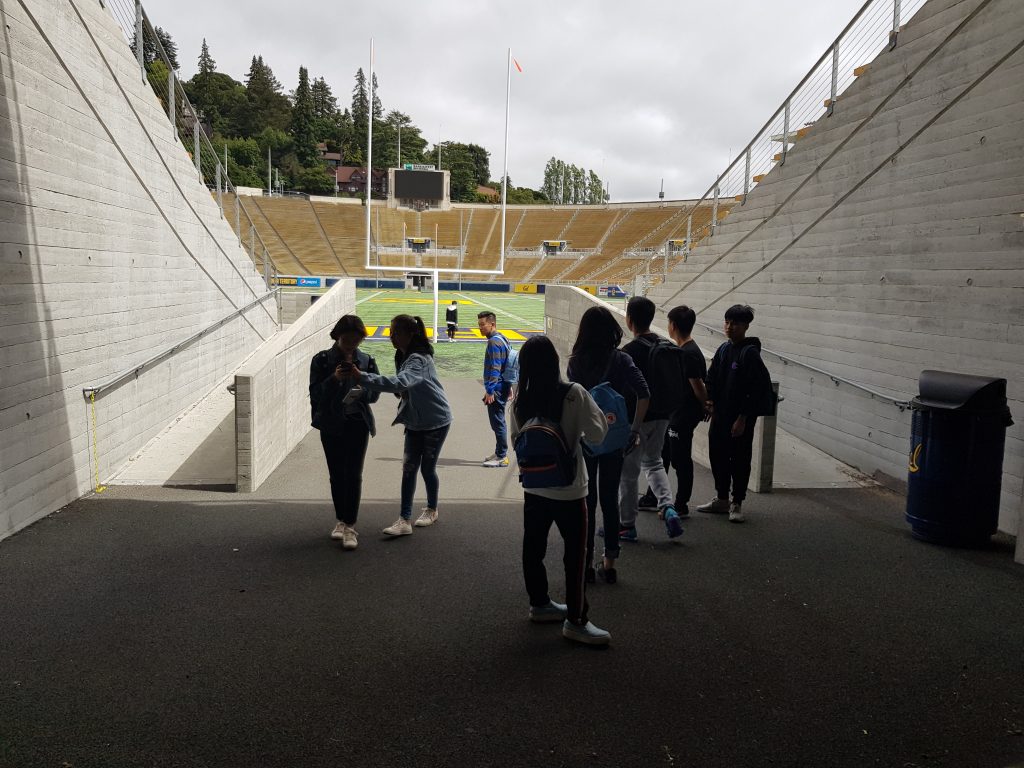
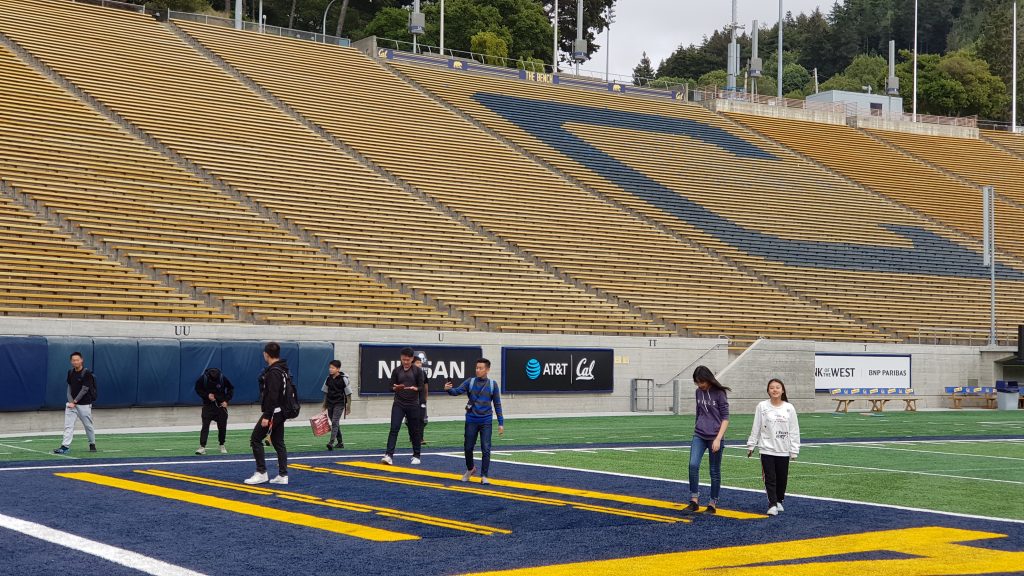
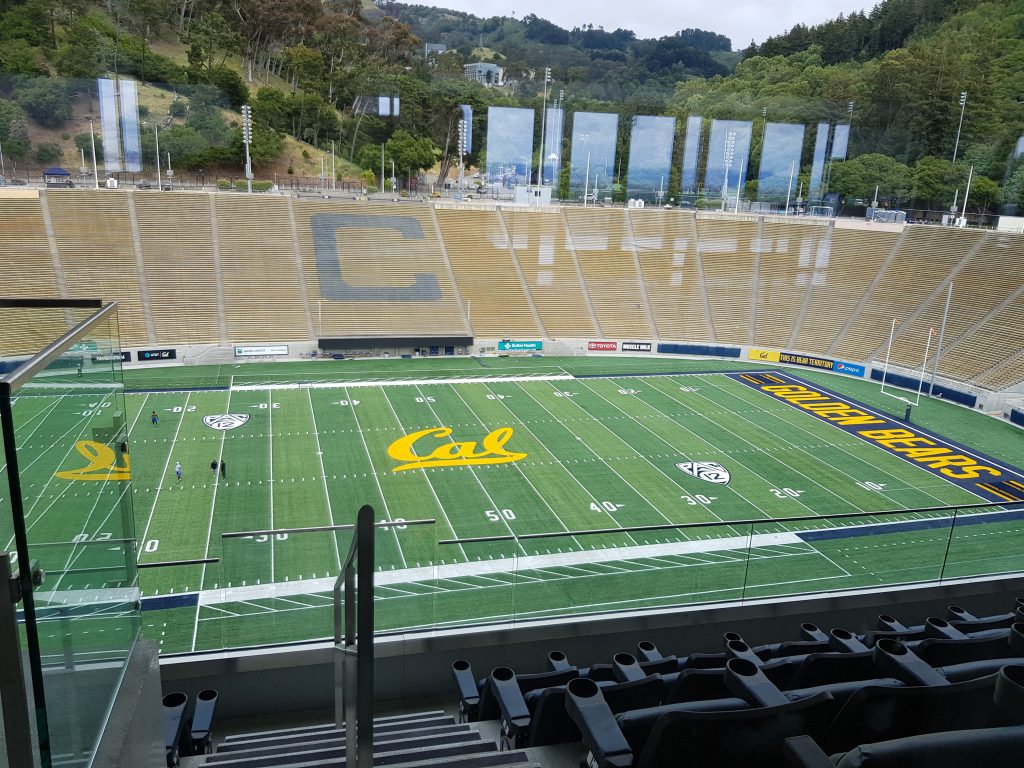
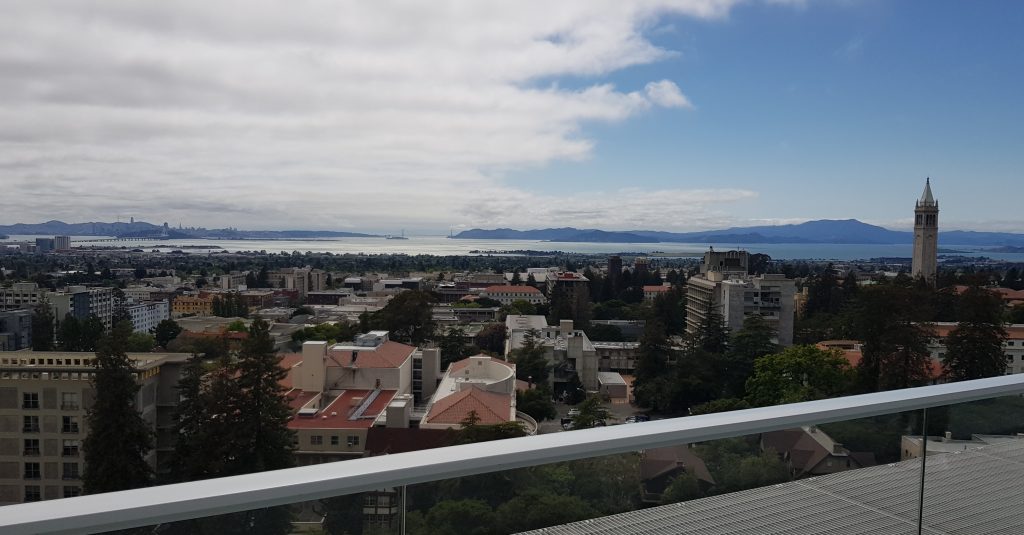
And that concluded our tour and a whirlwind first day. It was now time to get everyone fed and back to the hotel so that they could rest up for the next day’s activities.

